中国药用植物 - 贝母

贝母

贝母 Beimu
张桂徵绘
贝母(Bulbus Fritillariae)是我国传统医学应用广泛的中药材,具有清热润肺、化痰止咳的功效,来源于百合科贝母属(Fritillaria)植物的地下干燥鳞茎。贝母属植物在全世界约有 140 种,我国分布有约 20 多种,除少数物种外,几乎全部药用。
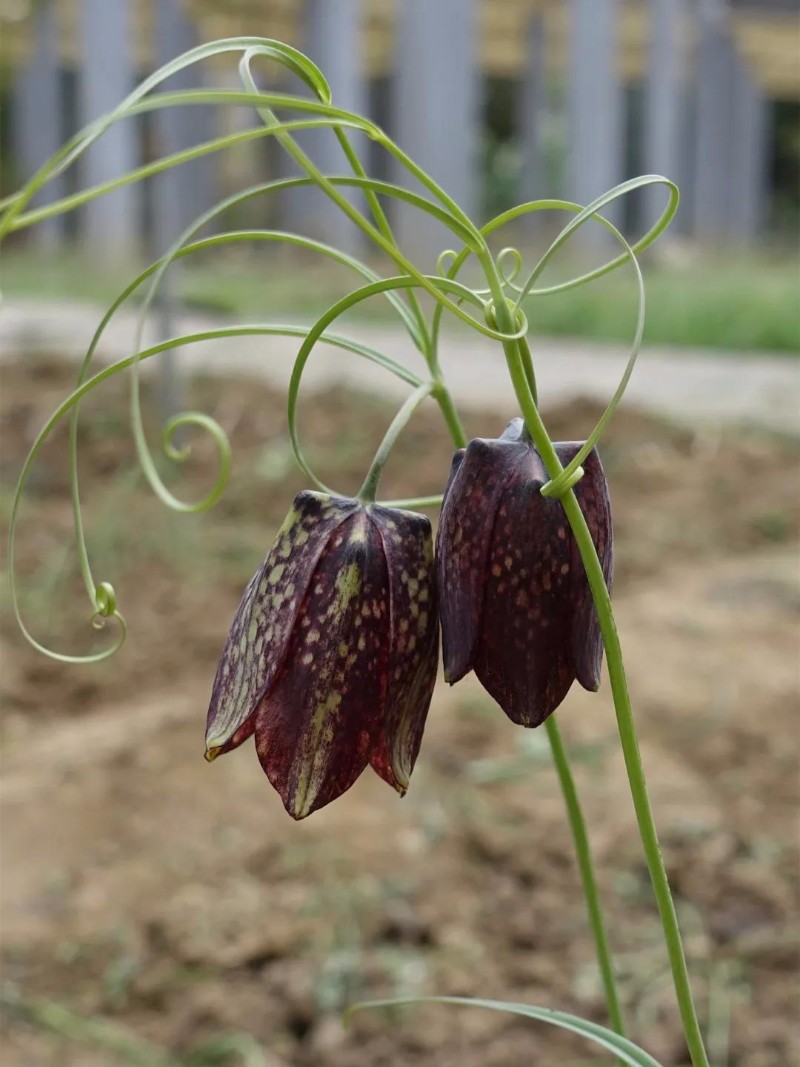
平贝母 Fritillaria ussuriensis
“贝母” 之名最早著录于东汉时期的药学著作《神农本草经》,此后《名医别录》(魏晋时期)、《本草经集注》(南北朝时期)、《新修本草》(唐)和《图经本草》(唐)等著名的医学典籍都对贝母类药材有所记载。现代考证,中国早期的贝母可能来源于葫芦科的假贝母(Bolbostemma paniculatum),约在唐代之后百合科贝母属植物逐渐取代葫芦科的假贝母成为中药药用的主流药材。本属植物中在历史上最先使用的是长江中下游地区分布的贝母属类群,以浙贝母(F. thunbergia)和湖北贝母(F. hupehensis)为代表。约在明代中晚期,四川地区所产贝母属植物逐渐进入中药领域,并因质量上乘,为后人以 “川贝母” 之名而推崇,其代表性物种有卷叶贝母(F. cirrhosa)和暗紫贝母(F. unibracteata)等。约在清末民初,新疆地区和东北地区的贝母物种也被人所认知,并得到应用。及至现代,《中华人民共和国药典》(以下简称《药典》)收录了五大类贝母药材,分别是浙贝母(F. thunbergia)、湖北贝母(F. hupehensis)、平贝母(F. ussuriensis)、伊贝母(F. pallidiflora 和F.walujewii)和川贝母( F. cirrhosa 等 5 种)。
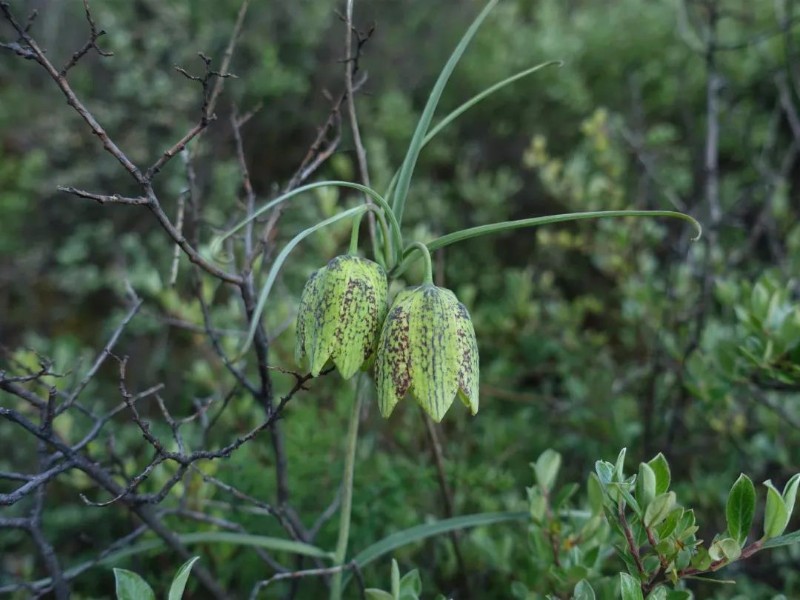
川贝母 Fritillaria cirrhosa
《药典》所记载的五大类贝母药材基本上代表了贝母属植物在中国的分布格局,其中浙贝母和湖北贝母代表了长江中下游地区分布的物种,川贝母代表了青藏高原及其毗邻的横断山脉分布的物种,伊贝母代表了新疆地区分布的物种,平贝母则为东北地区分布的物种。在现代研究中,以叶绿体DNA构建的系统发育树上,上述四个地理分布区的贝母属物种各自聚为一支,说明在各自地理分布范围的物种亲缘关系较近。同时也应该注意到,尽管《药典》对贝母类药材所使用的物种有明确规定,但是在民间同一地区的贝母在使用时并不区分,以川贝母为例,在青藏高原及其毗邻的横断山脉地区,该区域内的十余种贝母植物经常是不加区分地进行采集并使用。
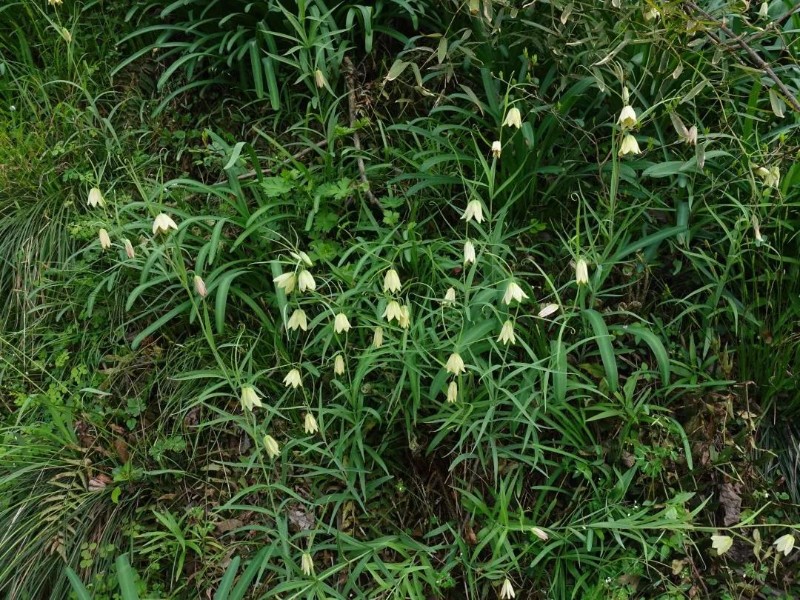
浙贝母 Fritillaria thunbergii
在中国,贝母类药材最常用于治疗上呼吸道疾病,包括哮喘、支气管炎、肺结核、咳嗽等。另外,贝母类药材在亚洲其他国家也广泛被用作传统药物,如南亚的阿育吠陀体系、中西亚的阿拉伯-尤纳尼体系(含波斯医学)中均有应用记载,但所使用的种类与中国并不相同。
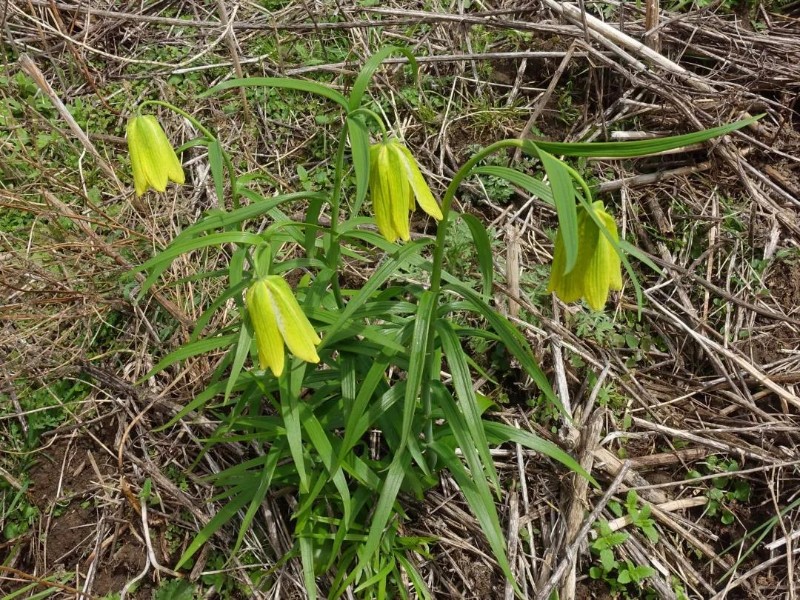
瓦布贝母 Fritillariae unibracteata var. wabuensis
由于用量比较大,目前在中国贝母类药材已经得到广泛栽培。在浙江地区则种植历史比较悠久,其所产的浙贝母成为著名的道地药材 “浙八味” 之一。在四川和青海地区,川贝母也正在开始栽培,其中暗紫贝母、瓦布贝母、太白贝母均已成功栽培。在新疆伊犁地区,伊犁贝母从上世纪六十年代开始种植,目前已达两千余亩,基本可以满足市场需求。在东北吉林和辽宁地区,平贝母种植以产量高而著称。
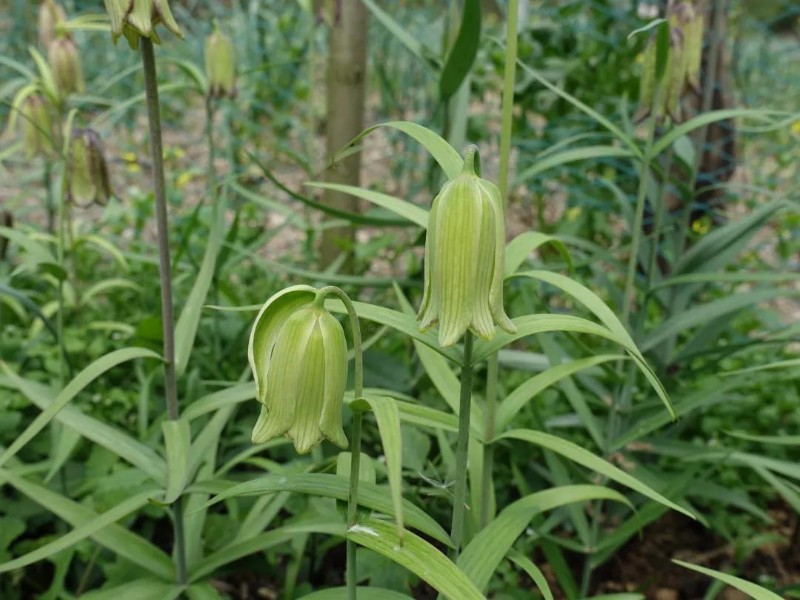
太白贝母 Fritillaria taipaiensis
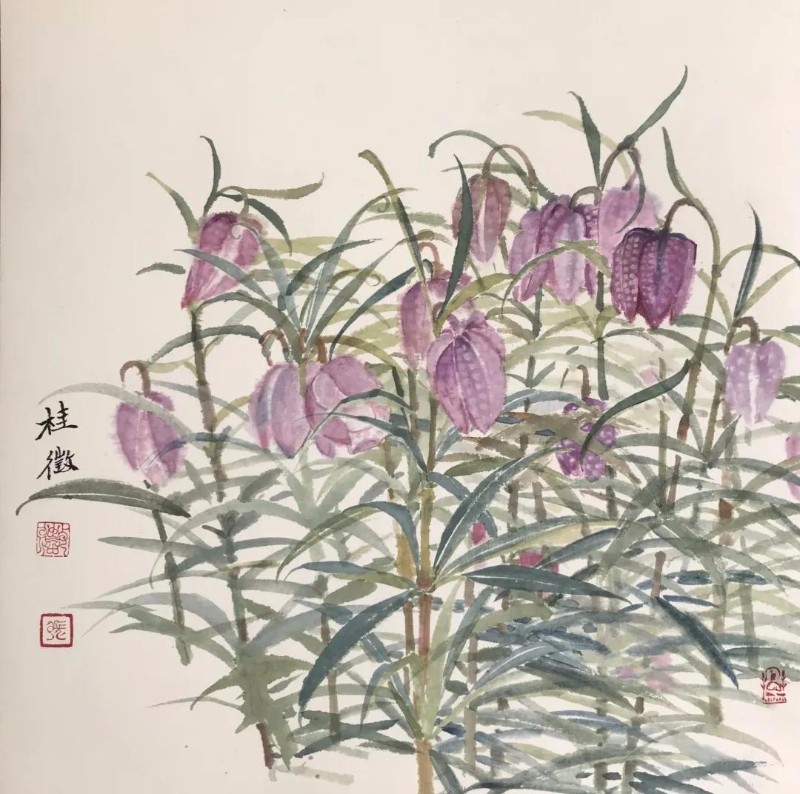
Beimu
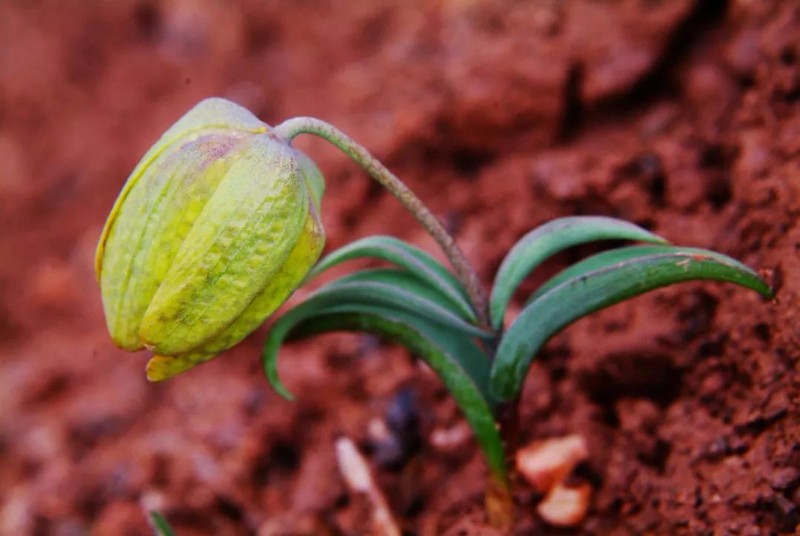
贝母 Beimu
张桂徵绘
Beimu (Bulbus Fritillariae) , with the effects of clearing heat, moisturizing the lungs, resolving phlegm and relieving cough, is a kind of widely used herbs in traditional Chinese medicine(hereinafter as TCM). It is derived from the underground dry bulbs ofFritillaria (Liliaceae) plants. There are over 140 species of Fritillaria in the world, and more than 20 species are distributed in China. Except for a few species, almost all of them are used for medicine.
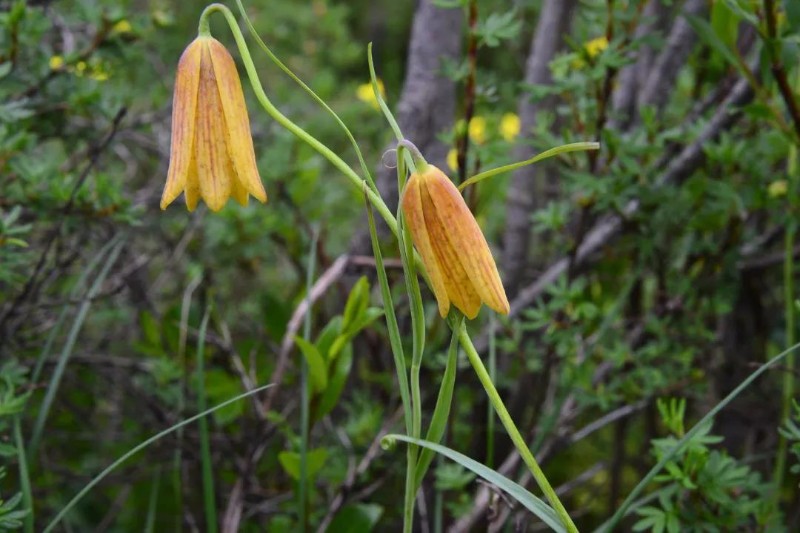
梭砂贝母 Fritillaria delavayi
Beimu first appeared in China's earliest pharmacy work "Sheng Nong's herbal classic" (East Han Dynasty). Since then, many ancient herb classics all recorded it continuously from Jin to Qing Dynasty. According to modern research, the early use of Beimu may be derived from Bolbostemma paniculatum (Cucurbitaceae). After the Tang Dynasty, the Fritillaria spp. gradually replaced the B. paniculatum and became the mainstream medicinal material. Among the Fritillaria plants, those species distributed in the middle and lower reaches of the Yangtze River were the first to be used in history, represented by F. thunbergia and F. hupehensis. Around the middle and late Ming Dynasty, those species produced in Sichuan province(mainly located in the parts of Eastern margin of Qinghai Tibet Plateau) gradually entered into TCM, and were praised as "Chuan Beimu" by TCM doctors. Its representative species are F. cirrhosa and F. unibracteata and so on. Around the time of 1900s, those species of Fritillaria distributed in Xinjiang and Northeast China were also used. Nowadays the Pharmacopeia of the People's Republic of China includes 5 kinds of Beimu, namely Zhe Beimu(source from F. thunbergia), Hubei Beimu (from F. hupehensis), Ping Beimu (from F. ussuriensis ), Yi Beimu (from F. pallidiflora and F. walujewii), Chuan Beimu (from F. cirrhosa, F. unibracteata and its variety, F. delavayi,F. taipaiensis). These species in the Pharmacopoeia cover all distributed areas ofFritillaria in China. Zhe Beimu and Hubei Beimu represent those species distributed on the middle and lower reaches of the Yangtze River, Chuan Beimu represents those species distributed on Tibetan plateau and it’s adjacent regions, Yi Beimu represents those species distributed on Xinjiang, and Ping Beimu is of species distributed in Northeast China. In modern research, on the phylogenetic trees constructed with chloroplast DNA, Fritillaria in the above four geographical distribution areas each cluster into one branch, indicating that the species in their respective geographical distribution areas are closely related. At the same time, although the Pharmacopoeia clearly define the source plant species of Beimu, the use in the folk is not distinguished clearly to species. Taking Chuan Beimu as an example, more than 10 species of this genus on Tibetan plateau and its adjacent regions are collected for medicinal use.
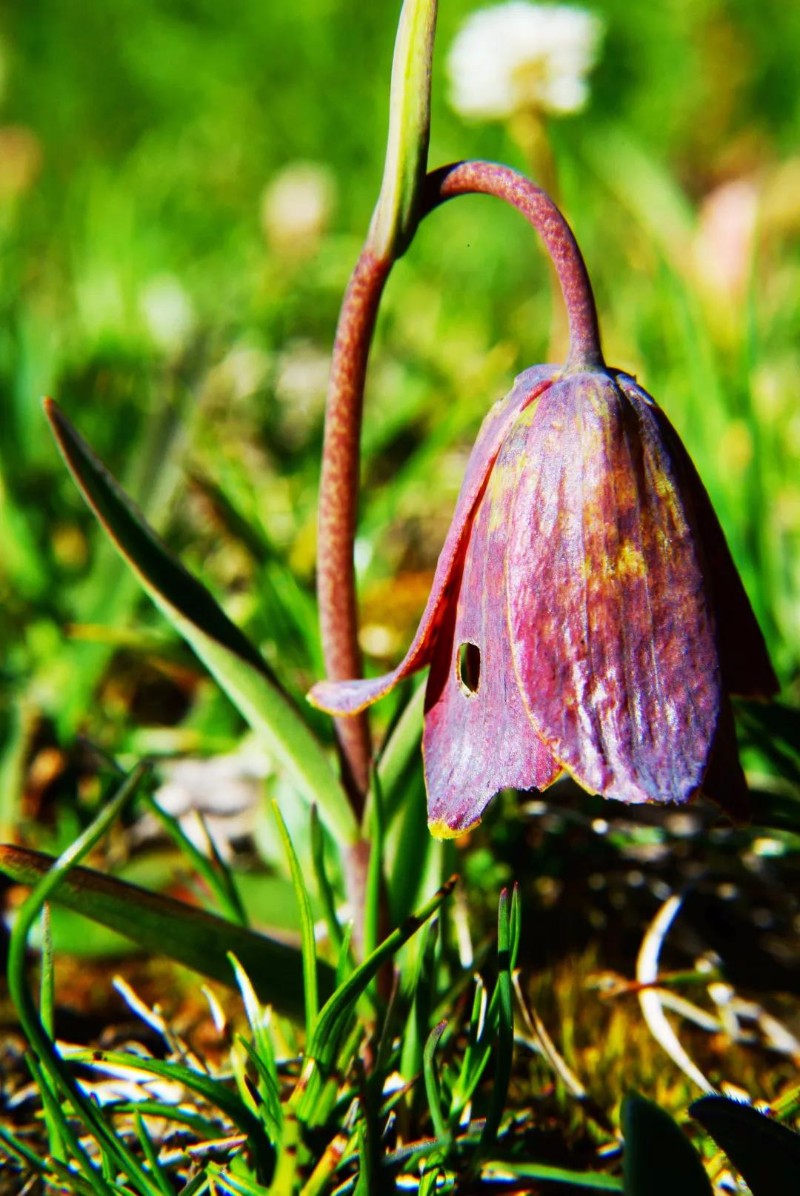
甘肃贝母 Fritillaria przewalskii
In TCM, Beimu are most commonly used to treat upper respiratory tract diseases, including asthma, bronchitis, tuberculosis, and cough. In addition, they are also widely used as traditional medicines in other Asian countries, such as the Ayurvedic in South Asia and the Arab-Unani in Central and Western Asia, but the species used are different from China.
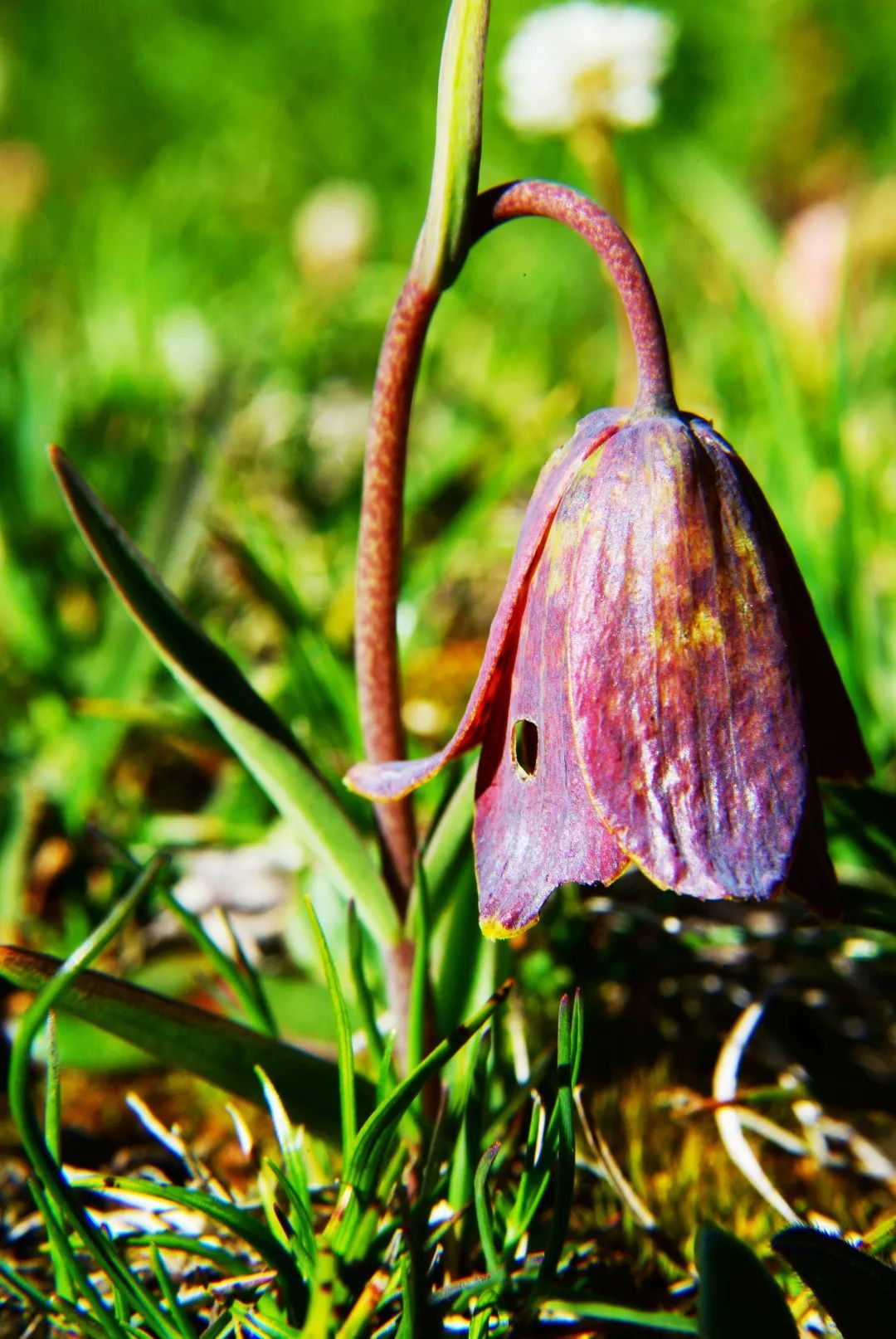
暗紫贝母 FritiLlaria unibracteata
Beimu have been widely cultivated in China. For example, it has a long history of planting in Zhejiang, and became one of “Zhebawei” (means famous eight kinds of geo-authentic herbs from Zhejiang province). In Sichuan and Qinghai province, Chuan Beimu are also being planting, among which species of F. unibracteata, F. unibracteata var. wabuensis and F. taipaiensis have been successfully planting.In Ili Kazak Autonomous Prefecture of Xinjiang ,F. pallidiflora(one source of Yi Beimu)has been planted since the 1960s, and now its growing areas has reached more than 2 000 mu. In Jilin and Liaoning province, Ping Beimu (F. ussuriensis ) has higher yield than those Fritilalria spp. of other areas.

专家顾问:张本刚 | 张宪春
文化顾问:张桂徵 | 张振华
摄 影:赵鑫磊 | 张胜邦
稿 源:齐耀东
翻 译:赵鑫磊 | 齐耀东
责任编辑:孔祥瑞|李姗姗 | 楚雅南

| 我也说两句 |
| 版权声明: 1.依据《服务条款》,本网页发布的原创作品,版权归发布者(即注册用户)所有;本网页发布的转载作品,由发布者按照互联网精神进行分享,遵守相关法律法规,无商业获利行为,无版权纠纷。 2.本网页是第三方信息存储空间,阿酷公司是网络服务提供者,服务对象为注册用户。该项服务免费,阿酷公司不向注册用户收取任何费用。 名称:阿酷(北京)科技发展有限公司 联系人:李女士,QQ468780427 网络地址:www.arkoo.com 3.本网页参与各方的所有行为,完全遵守《信息网络传播权保护条例》。如有侵权行为,请权利人通知阿酷公司,阿酷公司将根据本条例第二十二条规定删除侵权作品。 |
 m.quanpro.cn
m.quanpro.cn